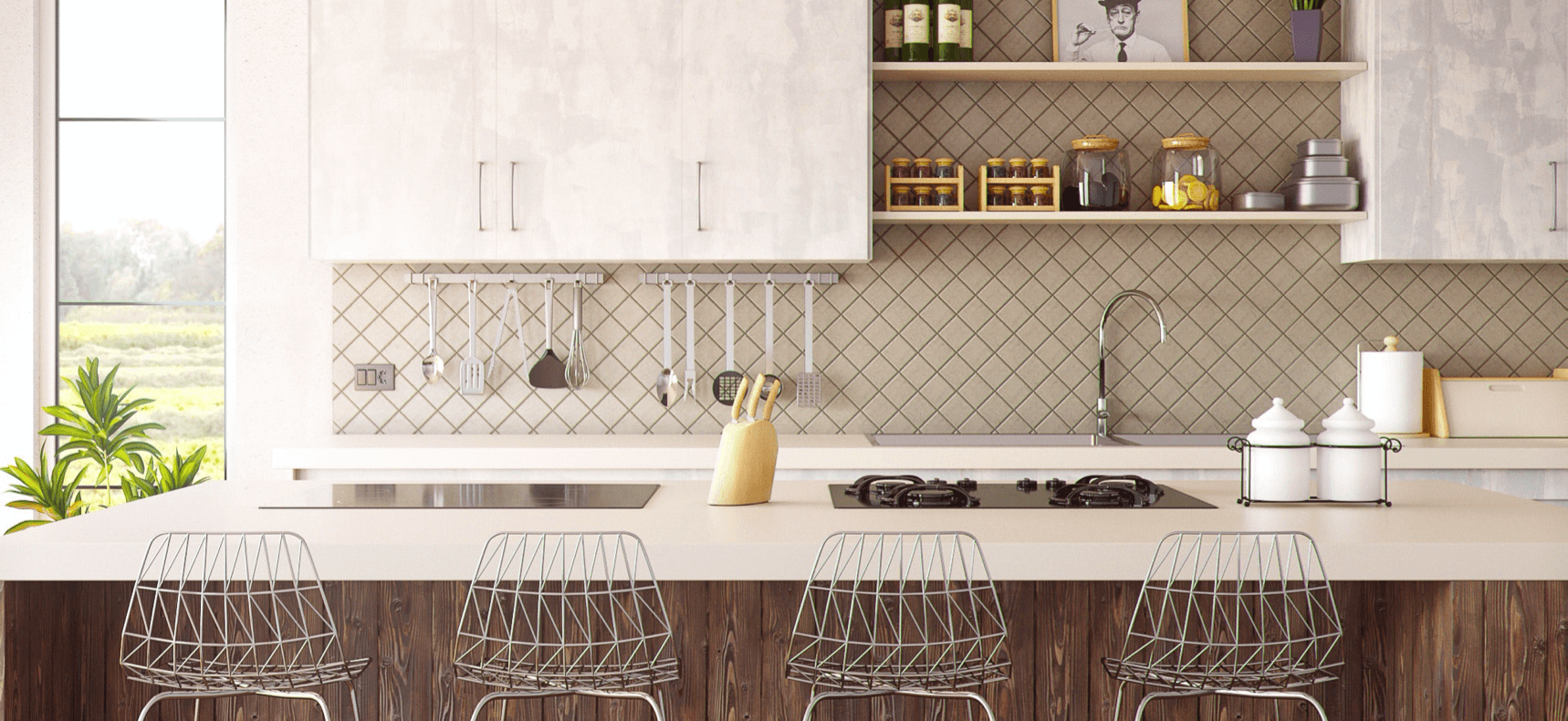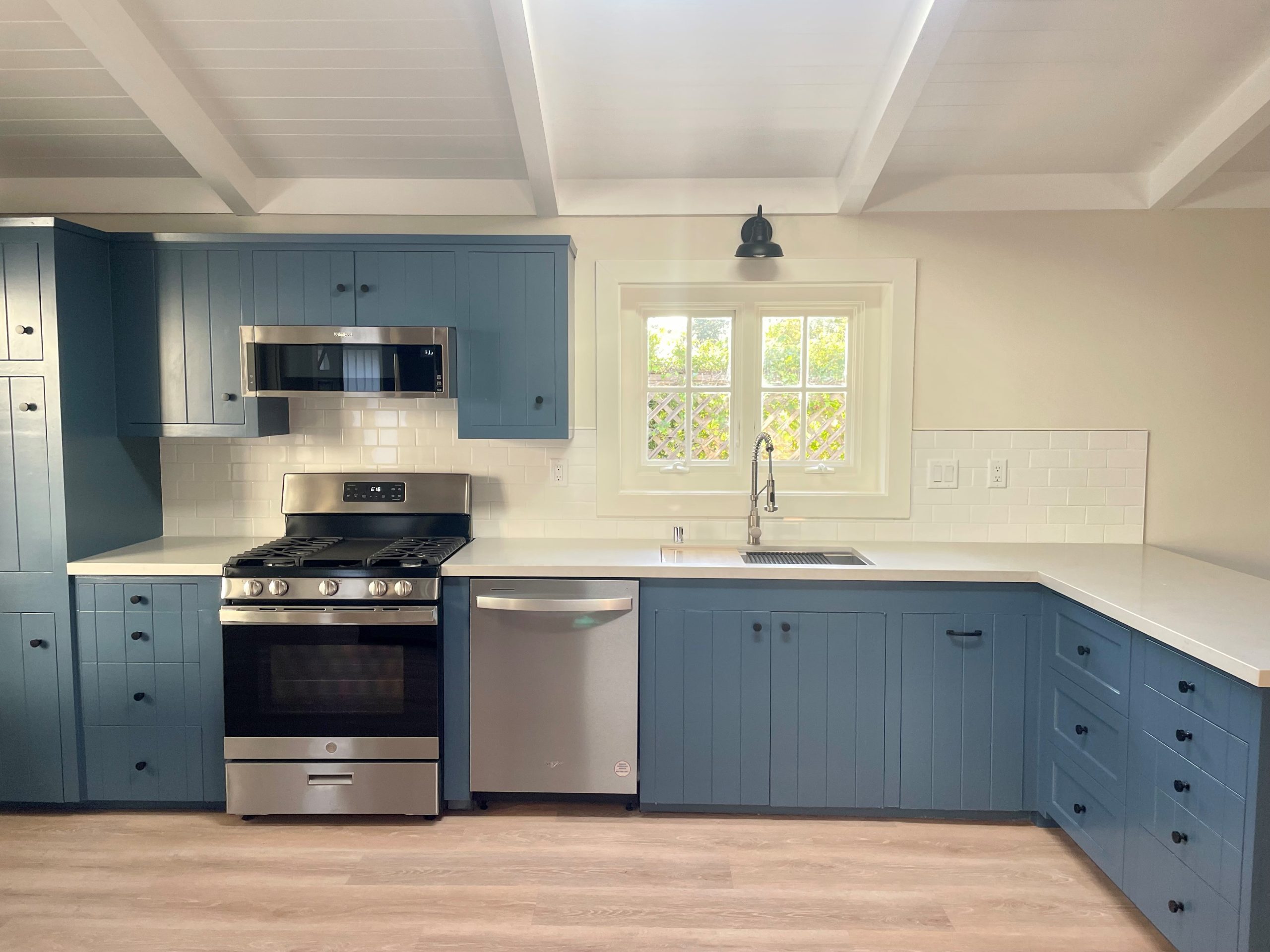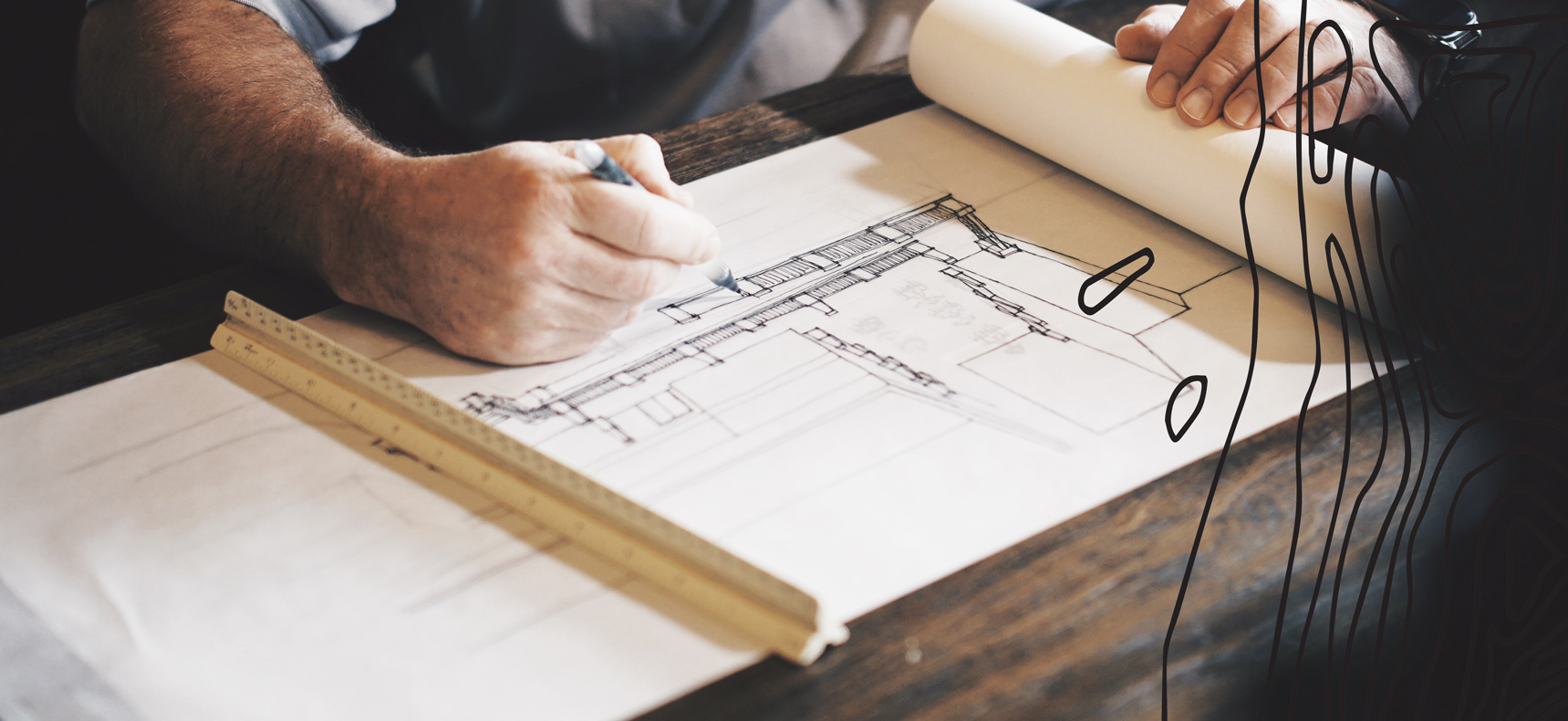When it comes to designing a home, the kitchen is often referred to as the heart of the house. It’s the place where family and friends gather to cook, eat, and socialize, making it a crucial space to get right in terms of design. The kitchen is not just a functional space, but also a space that should be aesthetically pleasing, comfortable, and practical.
The design of the kitchen should take into consideration the size and layout of the room, as well as the needs and preferences of the homeowner. The kitchen should be designed in such a way that it is easy to move around in, with clear and logical paths from one area to another. The location of appliances, such as the refrigerator, stove, and sink, should be strategically placed for easy access and convenience.
Another important aspect of kitchen design is storage. The kitchen should be designed with ample storage space for all the utensils, pots, pans, and other kitchen equipment. Cabinets, drawers, and shelving should be strategically placed to maximize storage space and make items easily accessible. A well-designed kitchen should also have enough counter space for food preparation, cooking, and serving.

Lighting is also an important consideration in kitchen design. Adequate lighting is necessary for tasks such as cooking and food preparation, as well as for creating a warm and inviting atmosphere. Task lighting, such as under-cabinet lighting, can provide targeted light for specific areas of the kitchen, while ambient lighting, such as pendant lights, can provide overall illumination.
-
Pendant Lights – Hanging lights that can provide task lighting over kitchen islands, dining tables, or countertops.
-
Under-Cabinet Lighting – Lights installed beneath upper cabinets to provide additional task lighting and create a warm, welcoming atmosphere.
-
Recessed Lighting – Small, inconspicuous lights installed in the ceiling that provide general lighting for the kitchen.
-
Chandeliers – A decorative lighting fixture that can add elegance and style to the kitchen, particularly in larger spaces.
-
Track Lighting – A system of lights mounted on a track that can be adjusted and positioned to provide targeted task lighting.
-
Flush Mount Lighting – Ceiling lights that sit flush with the ceiling and can provide general lighting for the kitchen.
-
LED Strip Lights – Thin, flexible strips of LED lights that can be installed under cabinets, along toe kicks, or in other discreet locations to provide ambient lighting.
-
Cabinet Lighting – Lights installed inside cabinets or above cabinet doors to provide additional task lighting and showcase decorative dishware.
-
Sconces – Wall-mounted lights that can provide task lighting or accent lighting in the kitchen, particularly in areas without overhead lighting.
-
Island Lighting – Pendant or chandelier lighting installed over a kitchen island to provide targeted task lighting and add a decorative element to the space.
In addition to practical considerations, the kitchen design should also reflect the style and personality of the homeowner. From modern to traditional, the design of the kitchen should fit within the overall aesthetic of the home. Choosing the right materials, features and finishes, and colors can make a big difference in the overall look and feel of the kitchen.
A modern kitchen should consider the following:
-
Pot Filler – A convenient faucet located near the stove for filling pots with water without having to carry them across the kitchen.
-
Hidden Fridge – A refrigerator that is designed to blend in with the cabinetry for a sleek, minimalist look.
-
Built-in Coffee Maker – An integrated coffee machine that can be programmed to make your favorite cup of coffee with just the touch of a button.
-
Induction Cooktop – A high-tech cooktop that uses electromagnetic energy to heat up cookware quickly and efficiently.
-
Under-cabinet Lighting – Lights installed beneath upper cabinets to provide additional task lighting and create a warm, welcoming atmosphere.
-
Smart Appliances – Appliances that can be controlled via a smartphone app or voice command, allowing for greater convenience and automation in the kitchen.
-
Kitchen Island – A large, central surface for food preparation, cooking, and socializing that can include built-in appliances, such as a sink or cooktop.
-
Open Shelving – Open shelves that can display beautiful dishware, cookbooks, or plants, adding a decorative element to the kitchen.
-
Double Oven – Two ovens stacked on top of each other, providing greater capacity and flexibility for cooking multiple dishes at once.
-
Integrated Dishwasher – A dishwasher that is designed to blend in with the cabinetry for a seamless, integrated look.
In conclusion, the design of the kitchen is a crucial element in creating a functional and inviting home. It’s a space that should be designed with both practical considerations and aesthetic preferences in mind. By taking the time to carefully plan and design the kitchen, homeowners can create a space that is not only functional but also beautiful and comfortable.




